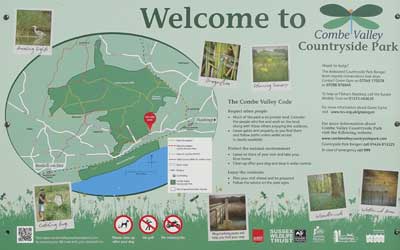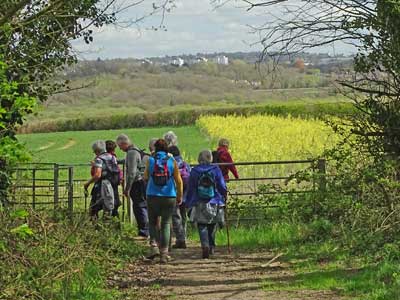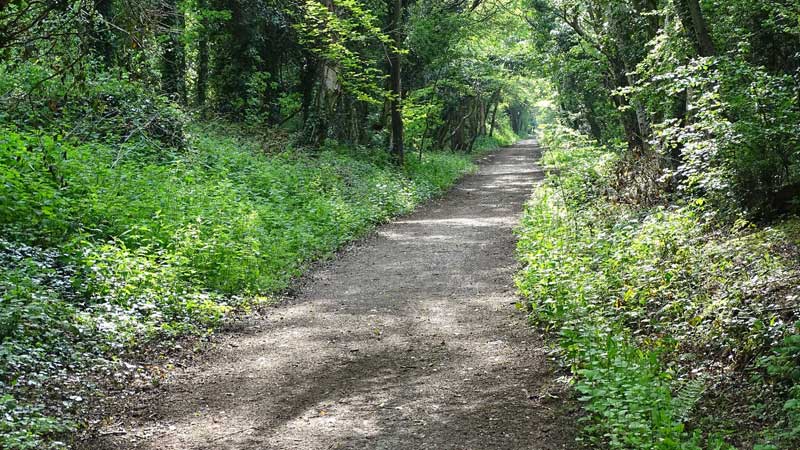Welcome to Combe Valley
Contacting us
For any queries regarding the Countryside Park or this website please
Beyond Covid–19
As we begin to get back to some sort of normality we still need to be aware that Covid has not gone away. Please remember that some people you meet may still want to keep their distance for their own health reasons. Dogs must be kept under control and litter must be taken home or to the nearest bin. Also remember that most of the area is farmland so do not damage crops or interfere with cattle or sheep. Otherwise please enjoy the Park - there's plenty to see and hear.

The Combe Valley Countryside Park covers approximately 2.3 square miles (about 1480 acres) and provides an area of countryside between Hastings and Bexhill for public enjoyment and recreation.
About half of the land is privately owned and farmed, and the remainder belongs to Hastings, Rother or East Sussex. The area has two SSSIs (Sites of Special Scientific Interest) and a remarkable amount of wildlife to be treasured with 2,456 recorded species including several rarities.

A network of paths exists including a new cycleway running from Sidley in the West to Hollington in the East.
The central valley floods in winter, encouraging waterfowl, with many ducks, geese, herons and egrets to be seen. Dragonflies and other insects abound in the summer, and many different aquatic and wetland plants thrive. Raptors such as kestrels and buzzards can often be seen hunting in the valley
The park also includes a 2-mile stretch of coastline at Bulverhythe running from Galley Hill at Bexhill in the west towards St Leonards in the east.


